"When we look at history, Hamedan is the center of the first civilization of our country," Bagheri Kani wrote on his X account.
The registration of "Hegmataneh" - one of the oldest cradles of Iranian civilization with an age of more than 3000 years and the birthplace of great figures such as Ibn Sina and Baba Tahir - as the 28th Iranian site in the UNESCO World Heritage List, is another sign of the seriousness of the Islamic Republic of Iran in preserving history and culture, he said.
During a UNESCO session in New Delhi, Hegmataneh, a treasured ancient Iranian city and its cultural landscape gained World Heritage status.
The 46th session of the World Heritage Committee is underway in New Delhi, India from 21-31 July 2024.
The 46th session of the UNESCO World Heritage Committee is being attended by over 2,500 delegates, including representatives from State Parties, advisory bodies, senior diplomats, heritage experts, scholars, and researchers from 195 countries.
The World Heritage Committee comprises representatives from 21 States Parties to the World Heritage Convention (1972), elected by the General Assembly of UNESCO. The current members of the committee, elected during the 24th General Assembly of UNESCO in November 2023, are Argentina, Belgium, Bulgaria, Greece, India, Italy, Jamaica, Japan, Kazakhstan, Kenya, Lebanon, Mexico, Qatar, Republic of Korea, Rwanda, Saint Vincent and the Grenadines, Senegal, Türkiye, Ukraine, Vietnam, and Zambia.
Hegmataneh, aka Ecbatana in Western sources, is universally well-known for being the site where the Median Dynasty was established. Following the Medes, this city also served as the capital of the Achaemenid Empire. During subsequent periods, including the Seleucid, Parthian, Sassanid, and Islamic eras, Hegmataneh continued to be an important city.
Hegmataneh is located in the suburban area of modern Hamadan, encompassing 50 acres of the city. This invaluable historical site holds great archaeological significance, with parts of it yet to be excavated. The area contains historical remains dating back to the Medes, Achaemenid, Parthian, Sassanid, and various Islamic dynasties such as the Buyids. Most of the remains belong to the Parthian era. The site features a variety of Parthian urban architectural systems that are considered masterpieces of their time, showcasing the exceptional talent of their creators.
MNA/6178655



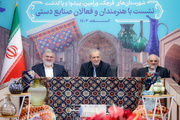

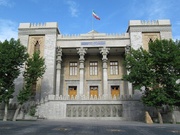






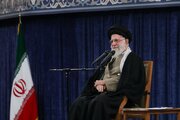



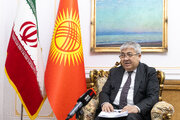






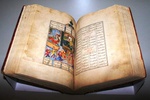

Your Comment